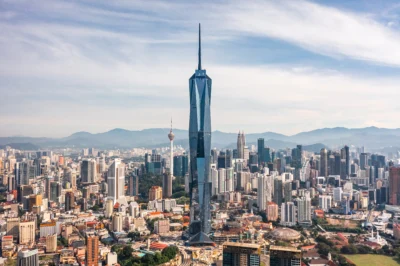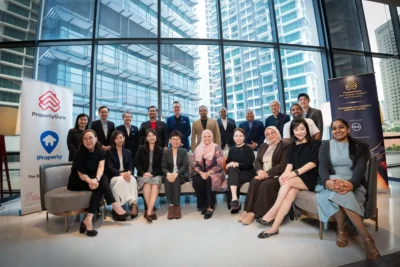Branded residences vie for the top spot in Southeast Asia
In building relationships and associations with big names, developers are hoping to capitalise on brand recognition among their audience of investors

Indeed, the number of branded residences worldwide has increased by 198 percent in the last 10 years, according to Savills research, with hoteliers accounting for 85 percent of completed projects. And yet one of the most salient shifts in the market over the last 12 months has been the emergence of projects affiliated with non-hotel brands.
A case in point is the recent ascent of YOO from high-end design firm to the largest non-hotel residential brand in the world. In 2019, YOO, which made its name collaborating with star designers from various disciplines, as well as investors and developers, was responsible for 13 percent of the world’s branded residential projects. The company recently turned its attention to the potential of Southeast Asia, tapping into the soaring demand and setting up a permanent regional office in Bangkok.
One of the most salient shifts in the market over the last 12 months has been the emergence of projects affiliated with non-hotel brands
“YOO sees huge opportunities for growth in Asia,” explains James Snelgar, partner and head of business development at YOO Worldwide. “We took a look at the market, saw what everyone was doing and found it a bit boring. We want to shake things up a bit and work with the region’s leading developers to bring their visions to life.”

Noteworthy developments currently under development in the region include Bangkok’s Khun by YOO, Kuala Lumpur-based 8 Conlay and YOO 8, and YOO Residence in Hong Kong, as well as upcoming projects in Koh Samui and Manila.
Other aspirational brands ranging from luxury cars, such as Porsche, Aston Martin, and Mercedes, to such fashion houses as Missoni, Armani, Versace, and Bulgari are now operating branded residences worldwide, while Condé Nast also recently revealed its intentions to enter the sector. Its first project is yet to be announced but it is safe to assume that the US media giant’s lifestyle brands will feature on properties in Asia before too long.
More: The state of Asian real estate amidst the public health crisis
As the sector becomes increasingly crowded, however, developers in the region are expected to prioritise partnerships with brands that appeal to younger buyers that are increasingly valuing experiences over material goods.
“It is no coincidence that we are seeing the entrance of players such as Condé Nast,” says Riyan Itani, director and co-head of Savills International Development Consultancy. “With a portfolio of magazines, they will be able to curate lifestyle without being tied to a single product or brand. This flexibility should resonate with a customer base increasingly seeking a tailored living experience.”
This article is the third of a three-part series on ‘Paradise in different packages’. It originally appeared in Issue No. 158 of PropertyGuru Property Report Magazine. Read the first, second parts here.
Recommended
6 developments driving Asia’s green real estate shift
Developers are being incentivised to push a green agenda into daring new realms
The Philippines’ LIMA Estate drives sustainable industrial growth
LIMA Estate models a citywide vision that uplifts workers while appealing to climate-conscious employers
Malaysia property market rebounds with foreign interest and growth
The nation’s property market is stirring to life, fuelled by foreign buyers and major infrastructure drives
China’s renewable energy surge redefines housing norms and development
From exporting solar panels to building entire green-powered neighbourhoods, China’s renewable surge is redefining housing norms







